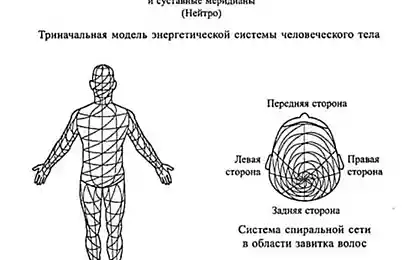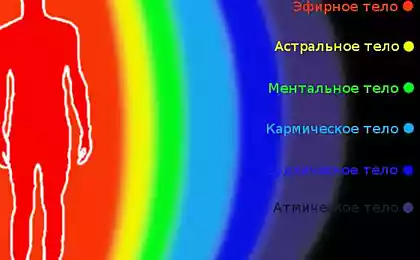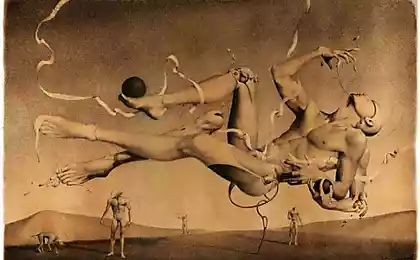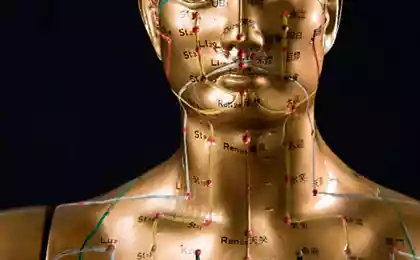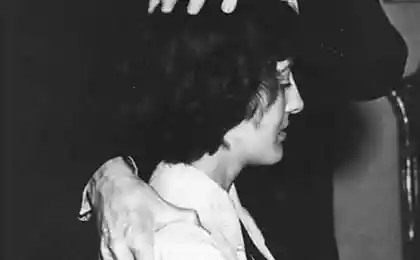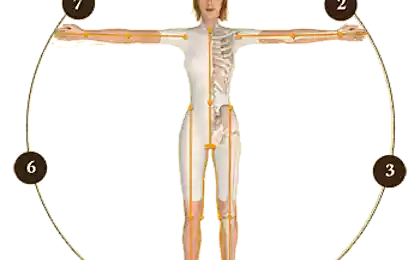518
Probably, the head separated from the body is able to "live" another four seconds
Pretty scary, but it is likely: EEG shows that life would never leave separated mgnovenno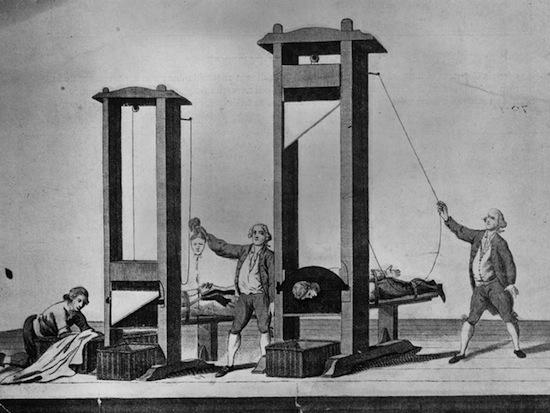
In the old tales often found references to the severed head, which appeared after the separation from the body she lived for a few seconds - blinked, changed facial expressions, and even tried to speak.
During the French Revolution the executioner held up the severed head of Charlotte Corday who murdered politician Jean-Paul Marat in the air and hit her cheek. Witnesses claim that Corday looked at the executioner, and on her face at that moment stood out unmistakable expression of disgust.

In 1989, war veteran said that he saw his friend decapitated in a car accident. According to him, on the face of the victim was first written expression of shock, then horror and grief, and her eyes looked at his body lying on the side.
Despite the fact that such stories are quite common, the doctors would call the possibility of such an event unlikely. At the moment of decapitation the brain is suffering from a sharp drop in blood pressure, and as quickly lost with the blood and oxygen goes into a coma, even before the actual death, take a few seconds.
However, recent experiments in animals have confirmed the plausibility of all these stories. In 2011, the Dutch researchers have connected to an electroencephalograph mouse brain, which was then beheaded. Instrument showed that the brain has been active for nearly four seconds - this indicates a conscious brain activity during this time. If this is true, then this is enough time for the terrible experiences - spend four seconds in the mind, and see a large part of what at the moment surrounds you.
But in the stories in which the severed heads are trying to say, we are talking, probably about physical reflex movements. Indeed, severed limbs may twitch of muscle reflexes, as in the case of head reflective region of the brain called the extrapyramidal system, play some facial expressions and allows you to move his lips. The same area of the brain is the cause of expressions of unconscious fear, disgust or contempt, often observed in infants.
via factroom.ru

In the old tales often found references to the severed head, which appeared after the separation from the body she lived for a few seconds - blinked, changed facial expressions, and even tried to speak.
During the French Revolution the executioner held up the severed head of Charlotte Corday who murdered politician Jean-Paul Marat in the air and hit her cheek. Witnesses claim that Corday looked at the executioner, and on her face at that moment stood out unmistakable expression of disgust.

In 1989, war veteran said that he saw his friend decapitated in a car accident. According to him, on the face of the victim was first written expression of shock, then horror and grief, and her eyes looked at his body lying on the side.
Despite the fact that such stories are quite common, the doctors would call the possibility of such an event unlikely. At the moment of decapitation the brain is suffering from a sharp drop in blood pressure, and as quickly lost with the blood and oxygen goes into a coma, even before the actual death, take a few seconds.
However, recent experiments in animals have confirmed the plausibility of all these stories. In 2011, the Dutch researchers have connected to an electroencephalograph mouse brain, which was then beheaded. Instrument showed that the brain has been active for nearly four seconds - this indicates a conscious brain activity during this time. If this is true, then this is enough time for the terrible experiences - spend four seconds in the mind, and see a large part of what at the moment surrounds you.
But in the stories in which the severed heads are trying to say, we are talking, probably about physical reflex movements. Indeed, severed limbs may twitch of muscle reflexes, as in the case of head reflective region of the brain called the extrapyramidal system, play some facial expressions and allows you to move his lips. The same area of the brain is the cause of expressions of unconscious fear, disgust or contempt, often observed in infants.
via factroom.ru
In the Canadian city live hawks that attack only postmen
If you cut off a limb from an octopus, it will still respond to stimuli
